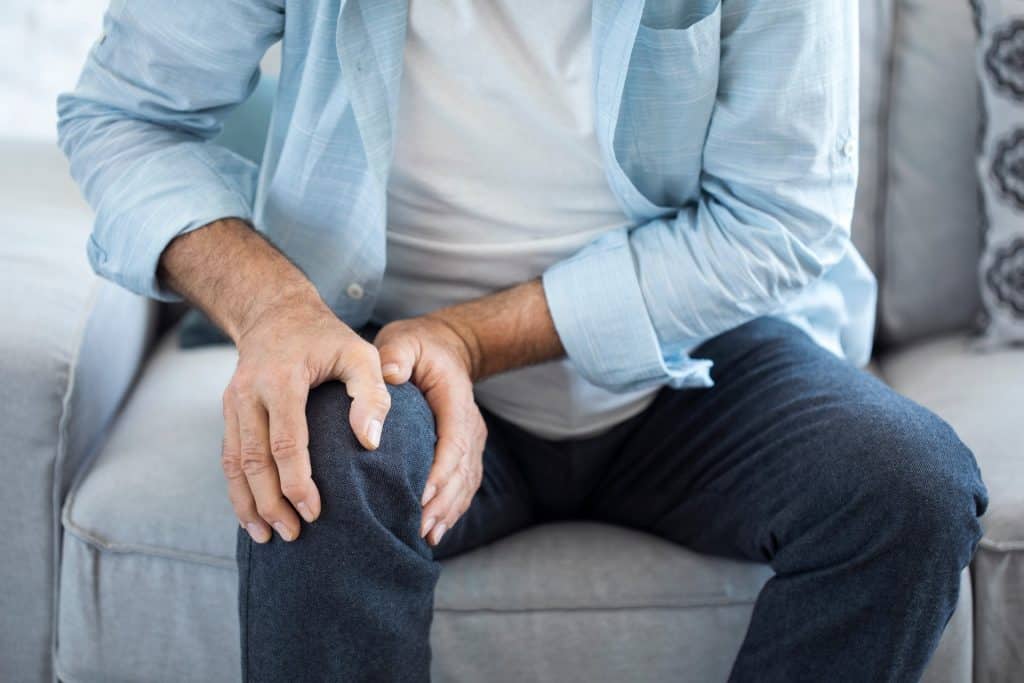
At the Center for Advanced Orthopedics and Sports Medicine, we use a thorough approach to diagnose and treat knee conditions. Diagnosis typically involves a physical examination, patient history, and imaging tests such as X-rays, MRI, or CT scans. Treatment options include: